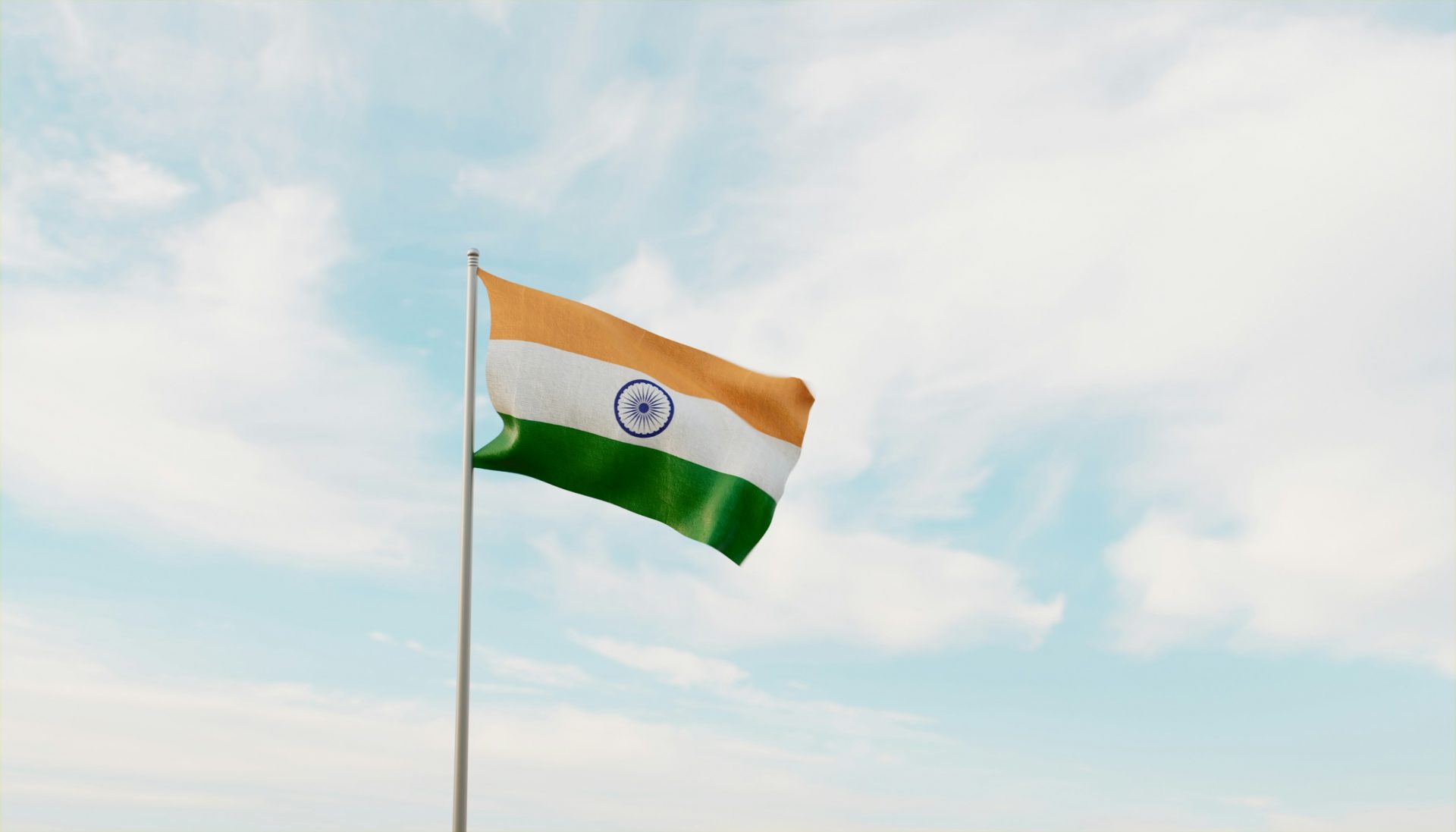A Cashless Society Must Accelerate Digital Inclusion
With the onset of COVID-19, total internet usage surged. Remote working and learning became the norm as businesses and individuals grappled to make changes almost overnight. However, the ownership of modern smartphones has not kept pace. Almost half the population remain off-line in emerging economies, exacerbating the digital divide. This is cause for concern since digitalization in most spheres has been a strong enabler, especially to the economically disadvantaged.
Meanwhile, many developing nations wish to be cashless – meaning their citizens will need a smartphone and mobile data access for their entire adult population. However, can these lofty goals be met with numerous citizens still without digital access? More importantly, what new policies are needed to drive full digitalization and connect the unconnected?
The Horasis Global Meeting will seek to address these concerns on 8 June 2021. This virtual event will comprise participants from governments, businesses, media and academia. Collaborative approaches will be sought to try and arrive at lasting solutions that can benefit society at large.
Why Cashless?
Most governments worldwide envisage cashless societies because its outcomes will be far beyond simply reducing the cost of printing paper currency. Going cashless will also mean more efficient movement of funds with little to no room for tax evasion and other such illegitimate practices. From a government perspective, it will allow for more efficient disbursal of social schemes, allowing the truly deserving to avail of government benefits. Corruption, meanwhile, is a serious issue in most emerging economies. In this context, going cashless is a definite route to limiting this menace. It will enable greater transparency.
For emerging economies to truly become cashless, the first infrastructural need would be inexpensive mobile data access and smartphone affordability. India has done particularly well in terms of offering cheap mobile data. The price for 1 GB of data averages $0.09, which is the cheapest worldwide. In fact, it is a full 30,000% less expensive than that of Malawi – the African state that retails the world’s most expensive data at $27.41 per GB. India has also done well on the smartphone affordability part with smartphones being available for as little as $60. However, with 68.8% of the Indian population sustaining on less than $2 a day, a smartphone continues to be an aspirational product for millions.
The Benefits of Digital Inclusion
Small businesses are the founding pillars of many economies worldwide. Even in several developed economies, the bulk of employment is generated by SMEs. And for this critical sector to sustain and grow, there is always demand for inexpensive credit on reasonable terms. The growth of tech, and fintech particularly, has allowed SMEs to better manage their finances and also maintain credit worthiness. Prior to such technology becoming mainstream, SME owners were compelled to avail credit from unscrupulous money lenders. Often, the borrowing terms were predatory leaving the borrower in a prolonged debt trap.
Similarly, geographical location was regarded as a critical factor to small business success. For instance, for a food retailer to succeed, it would only be commercially viable if the said business enjoyed a high street location. Customers would only then discover it and, therefore, purchase its products. However, digital inclusion has ensured that geographical location need not be a marker of business viability. Rather, as long as the finished product is to customers’ liking, tech platforms can facilitate the delivery from producer to consumer. And in this equation, an added benefit is the availability of cashless services. It ensures the consumer can pay for it conveniently by already having his or her payment details saved on, let’s say, their preferred food aggregator’s app. On the producer’s side, he or she enjoys the benefit of having funds being directly deposited to their e-wallet or linked bank account.
What Can Connect the Unconnected?
Emerging economies must be recognized for tech advancements being made there. Many were able to leapfrog wired connectivity, moving directly to wireless systems. However, governments and business cannot rest on their laurels. Large numbers continue to remain unconnected and to achieve goals such as going cashless, it could mean emulating the example of economies that are on track to achieving it. Sweden is going to be the first economy to do so in 2023 and an uncommon contender in this space is Zimbabwe. Its economy stabilized from its period of hyperinflation with 96% of transactions being cashless in 2017 itself.
In India’s case, just as its administration offers subsidies for the purchase of cooking gas, likewise, a similar scheme could bode well for digitalization. It will ensure higher accessibility to devices that, in turn, will boost digital inclusivity.
Photo Caption: A food delivery man in Valencia.



